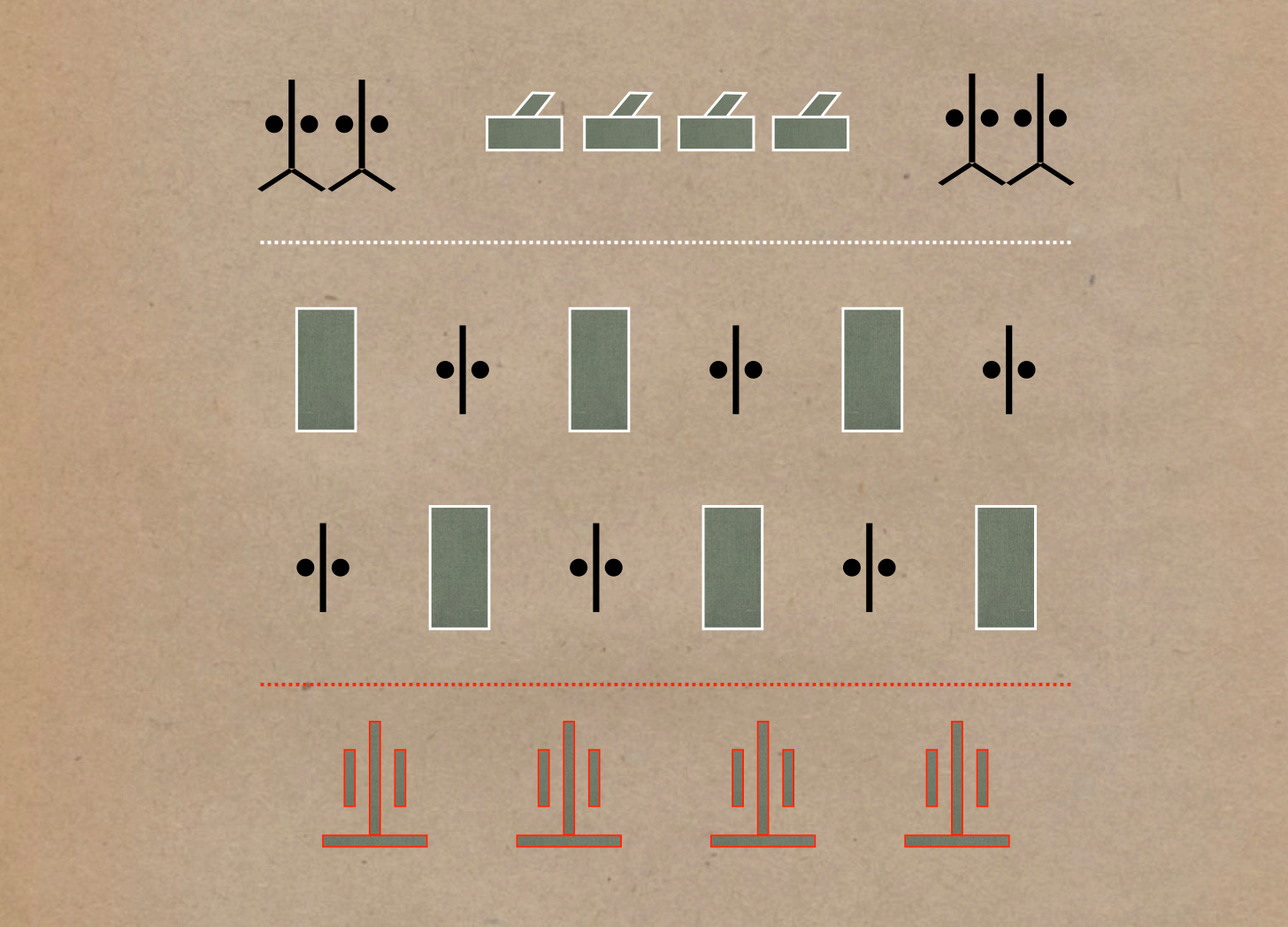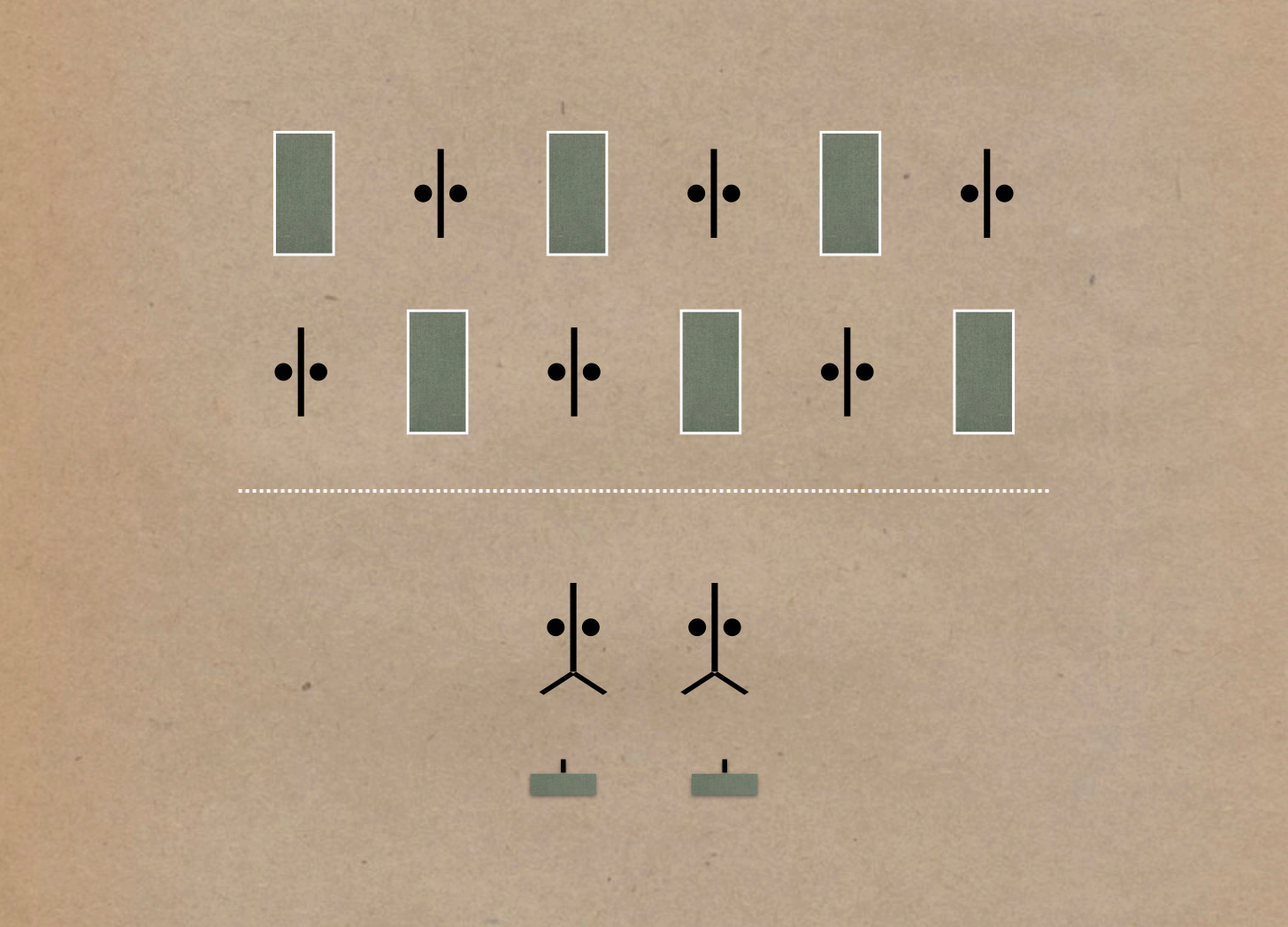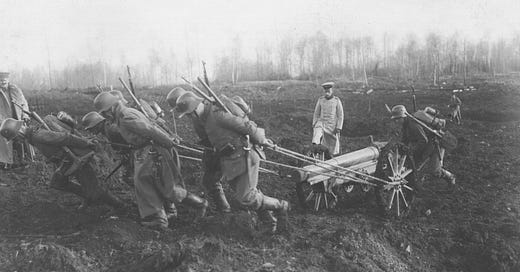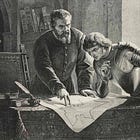30 November 1917, the first day of the offensive south of Cambrai, the First Battalion of the 418th Infantry Regiment (I/418) deployed in three echelons.
Armed with three hundred or so rifles and a dozen light machine guns, the men of the two rifle companies of the first echelon were charged with overcoming weak opposition and locating pockets of resistance.

The second echelon served to eliminate (or, failing that, isolate) the obstacles identified by the first. To this end, it received, in addition to the third rifle company of the battalion, two-thirds of the unit’s six machine guns, four light trench mortars, and four infantry guns.
Neither the trench mortars nor the infantry guns belonged to the battalion. Rather, they were provided by specialized heavy weapons units, whether a Minenwerfer company, an infantry gun battery, or a field artillery outfit that had been configured as an ‘escort battery’ (Begleit Batterie).1

The third echelon provided the battalion commander with a substantial reserve, and, in particular, a means of bypassing isolated strong points. It consisted of a single rifle company, a platoon of two heavy machine guns, and squads pulled out of their parent companies to carry supplies.

Source
Karl Christian Das Heldenbuch vom Infanterie Regiment 418 (The Hero Book of Infantry Regiment 418) (Frankfurt: Privately Published, 1935)
Strange to say, the history of the trench mortar company attached to the parent division of the 418th Infantry Regiment (Minenwerfer Kompanie 401) made no mention of participation in the Cambrai counteroffensive. Offizier-Vereinigung des Bataillons (Officer Association of the Battalion) Königlich Preußisches Magdeburgisches Pionier-Bataillon Nr 4. 1914-1918 (Royal Prussian Magdeburg Pioneer Battalion Number 4, 1914-1918) (Zeulenroda: Sporn, 1935) pages 385-387








